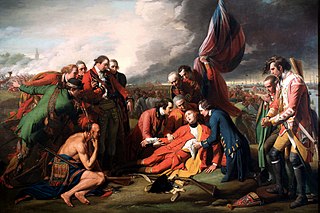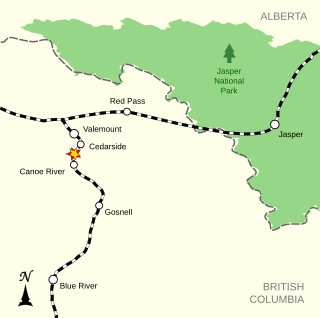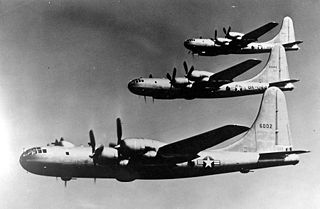 W
WEvents from the year 1950 in Canada.
 W
WThe 21st Canadian Parliament was in session from September 15, 1949, until June 13, 1953. The membership was set by the 1949 federal election on June 27, 1949, and it changed only somewhat due to resignations and by-elections until it was dissolved prior to the 1953 election.
 W
WHurricane Able was the first named tropical cyclone in the Atlantic hurricane database, and was also the first of six major hurricanes in the 1950 Atlantic hurricane season. Its development was confirmed on August 12 by the Hurricane Hunters, which is a group that intentionally flies into a hurricane for observations. Hurricane Able initially threatened to strike the Bahamas, but instead turned to the northwest and later to the northeast. As it neared the Outer Banks, Able reached peak winds of 125 miles per hour (201 km/h), equivalent to a modern-day Category 3 hurricane on the Saffir-Simpson hurricane wind scale. After brushing those islands and Cape Cod, Able moved ashore on Nova Scotia as a minimal hurricane. It later crossed Newfoundland and dissipated on August 24.
 W
WOn 14 February 1950, a Convair B-36, Air Force Serial Number 44-92075 assigned to the 7th Bomb Wing at Carswell Air Force Base, crashed in northern British Columbia on Mount Kologet after jettisoning a Mark 4 nuclear bomb. This was the first such nuclear weapon loss in history. The B-36 had been en route from Eielson Air Force Base near Fairbanks, Alaska to Carswell AFB in Fort Worth, Texas, more than 3,000 miles south-east, on a mission that included a simulated nuclear attack on San Francisco.
 W
WThe Canoe River train crash occurred on November 21, 1950, near Valemount in eastern British Columbia, Canada, when a westbound troop train and the eastbound Canadian National Railway (CNR) Continental Limited collided head-on. The collision killed 21 people: 17 Canadian soldiers en route to the Korean War and the two-man locomotive crew of each train.
 W
WOn 26 January 1950, the Douglas C-54 Skymaster serial number 42-72469 disappeared en route from Alaska to Montana, with 44 people aboard. The aircraft made its last radio contact two hours into its eight-hour flight. Despite one of the largest rescue efforts carried out by the US military, no trace of the aircraft has ever been found. It is considered one of the largest groups of American military personnel to ever go missing.
 W
WThe 1950 Red River flood was a devastating flood that took place along the Red River in The Dakotas and Manitoba from April 15 to June 12, 1950. Damage was particularly severe in the city of Winnipeg and its environs, which were inundated on May 5, also known as Black Friday to some residents.
 W
WThe 1950 Rivière-du-Loup B-50 nuclear weapon loss incident refers to loss of a nuclear weapon near Rivière-du-Loup, Quebec, Canada, during the fall of 1950. The bomb was released due to engine troubles, and then was destroyed in a non-nuclear detonation before it hit the ground.